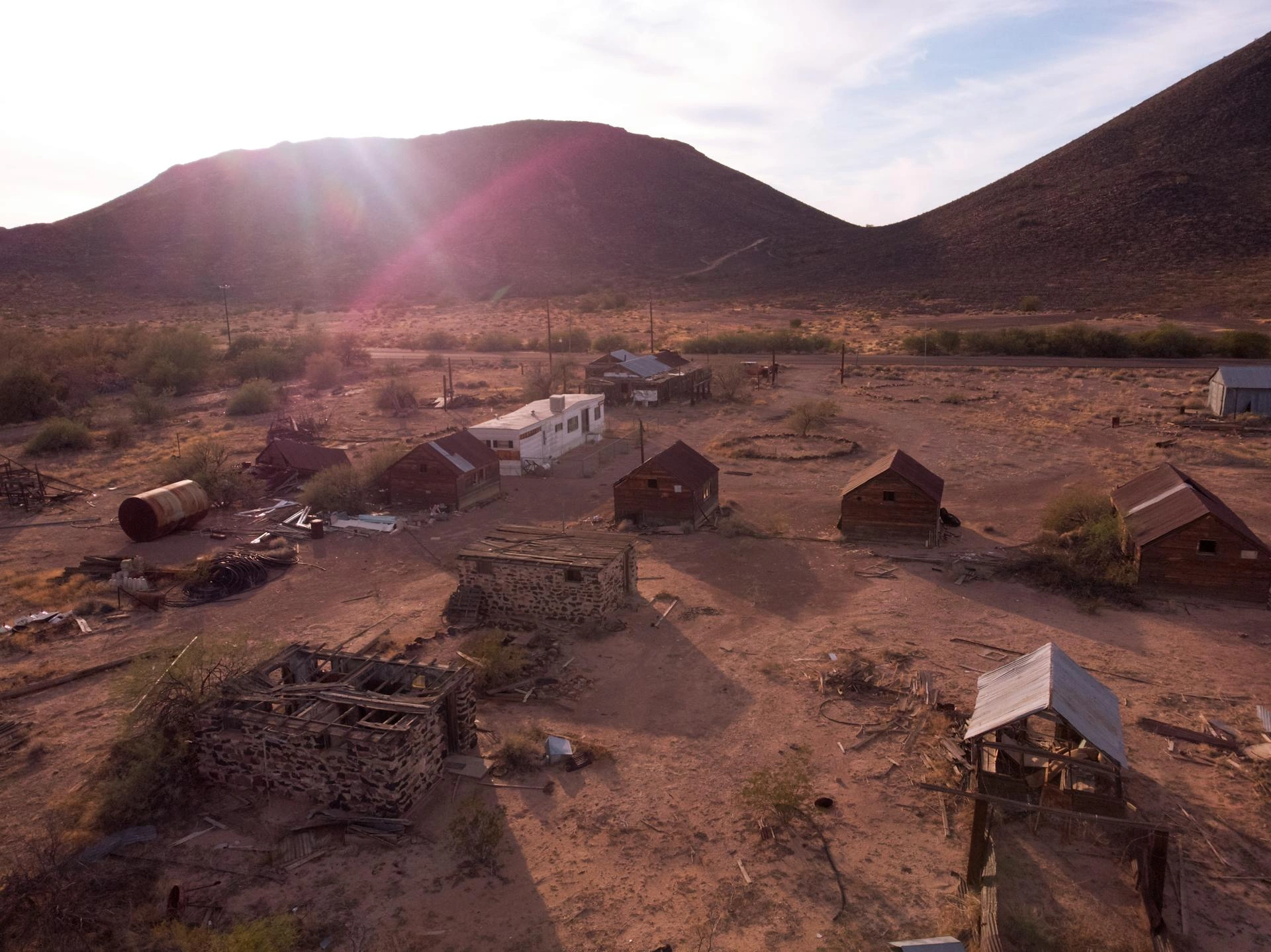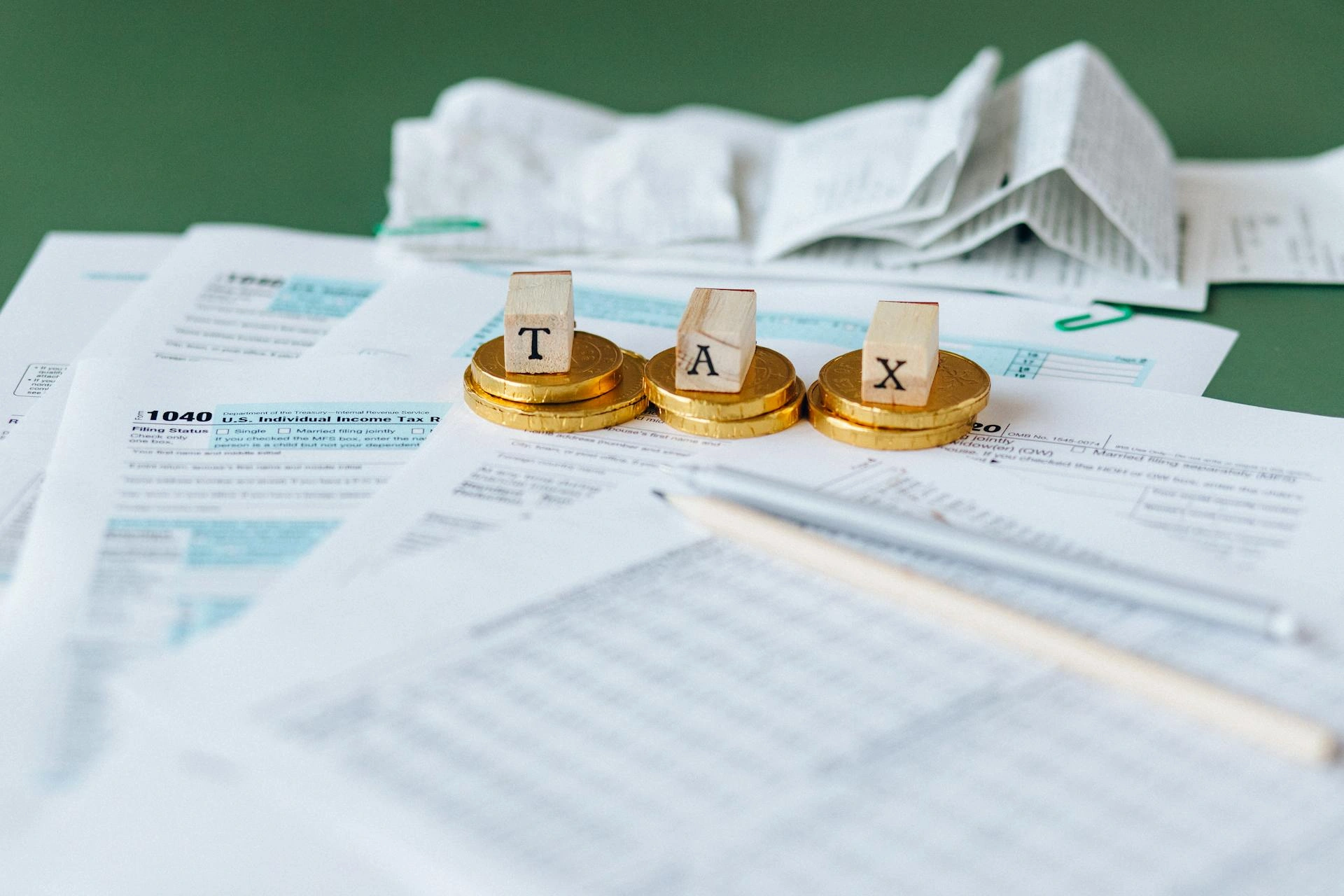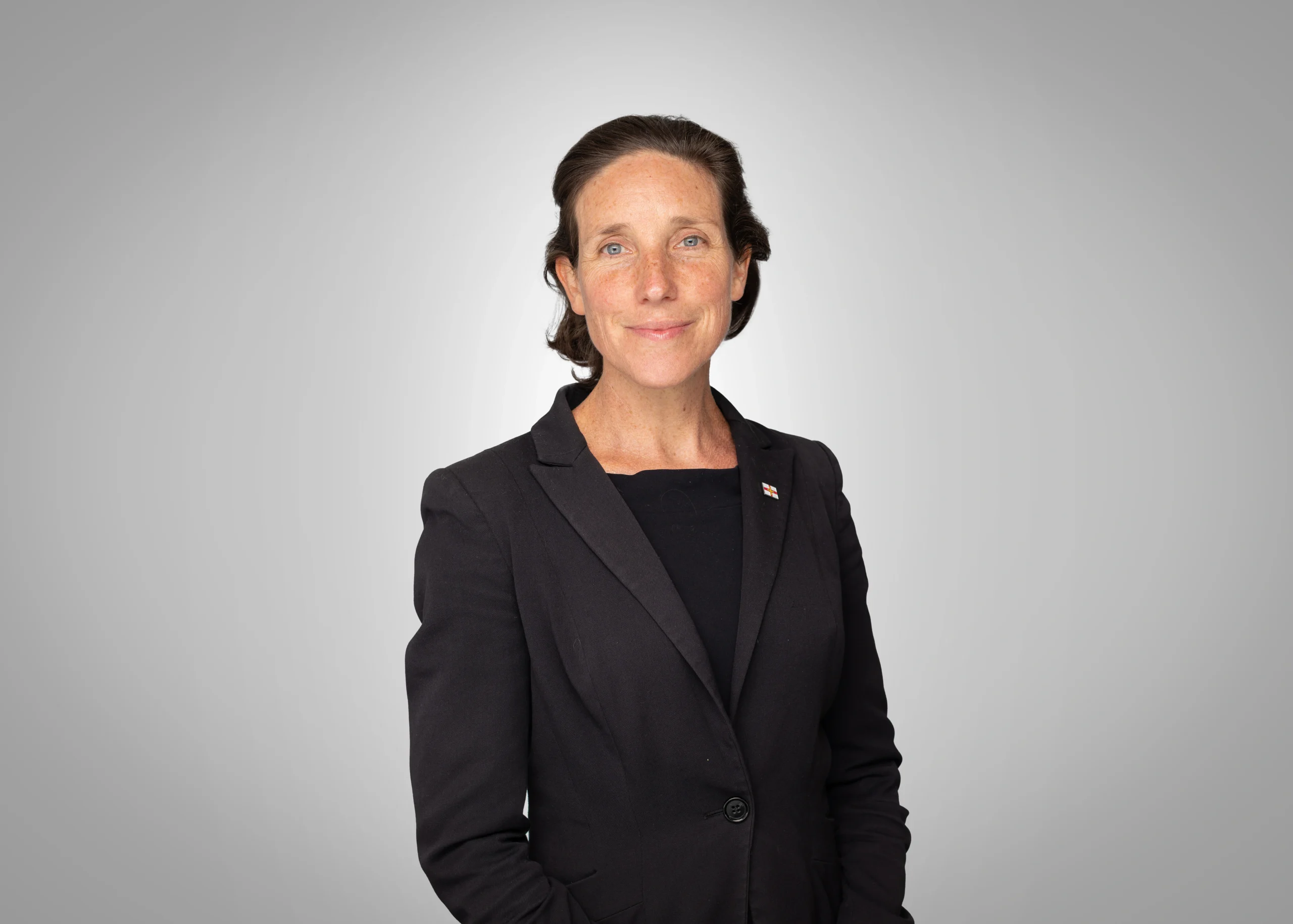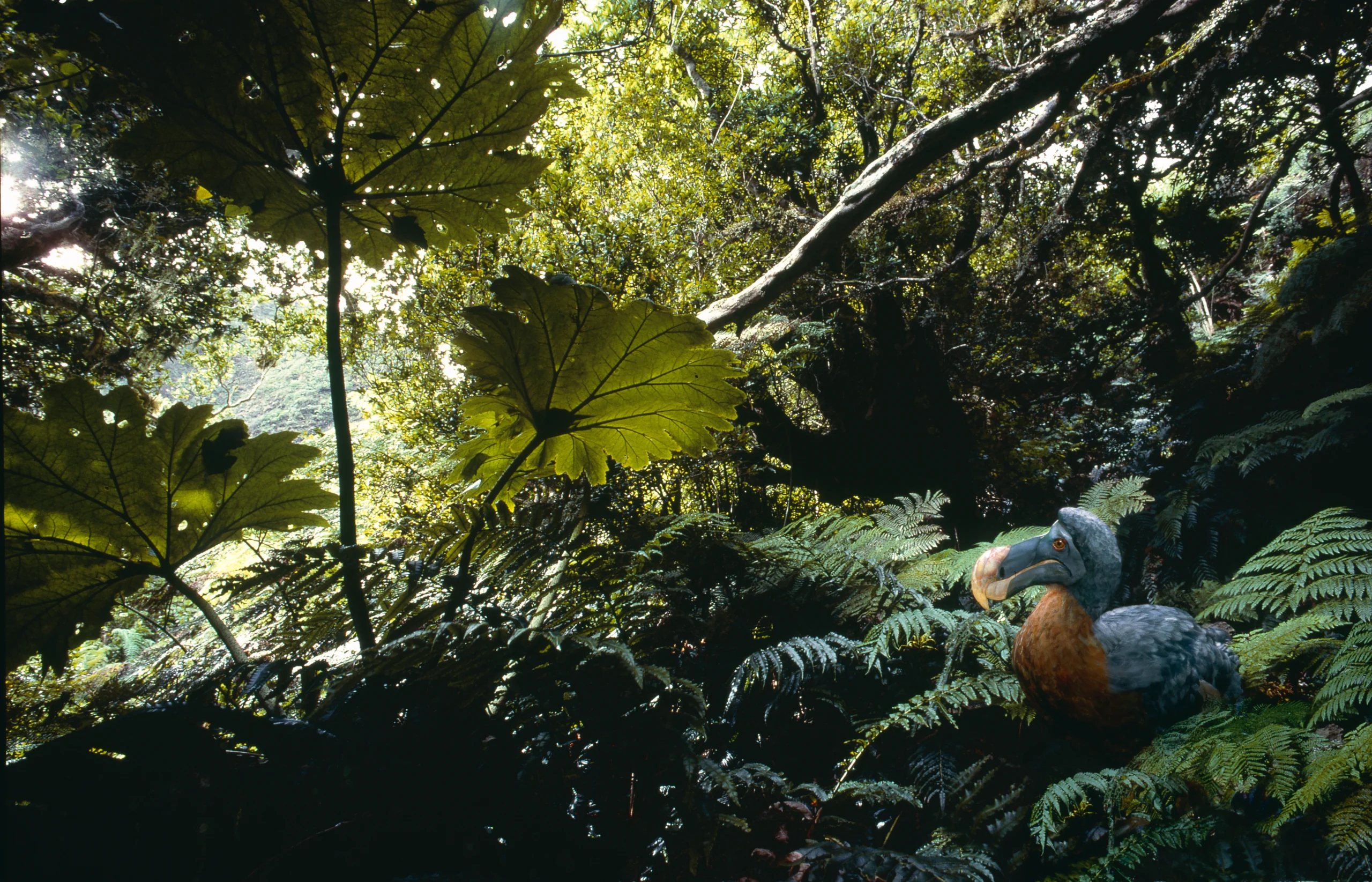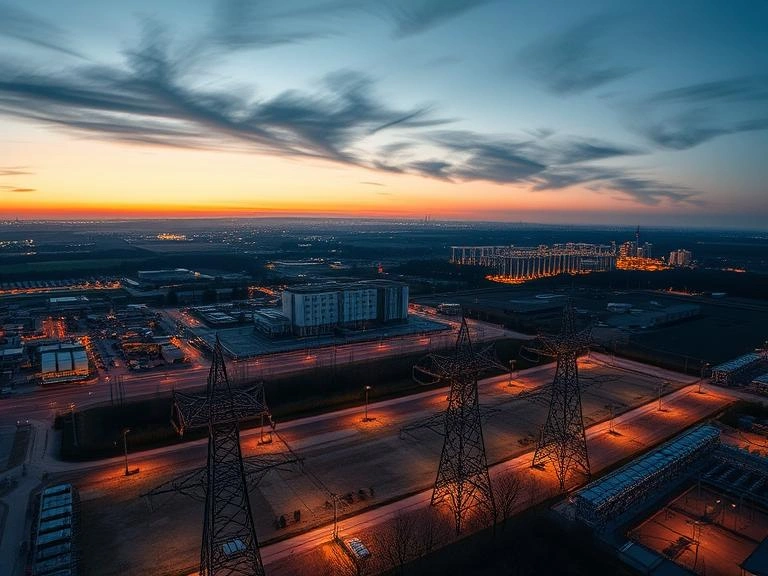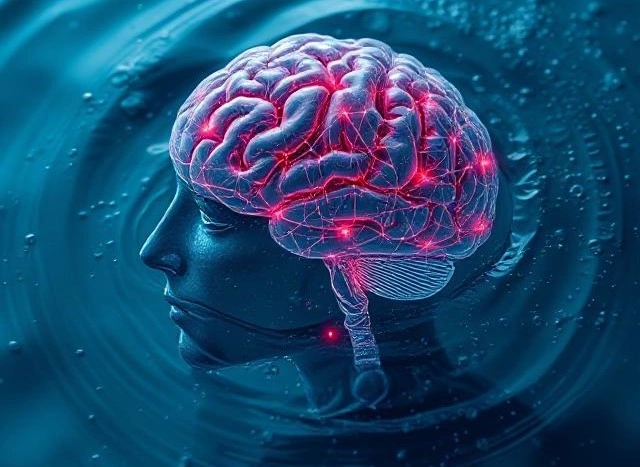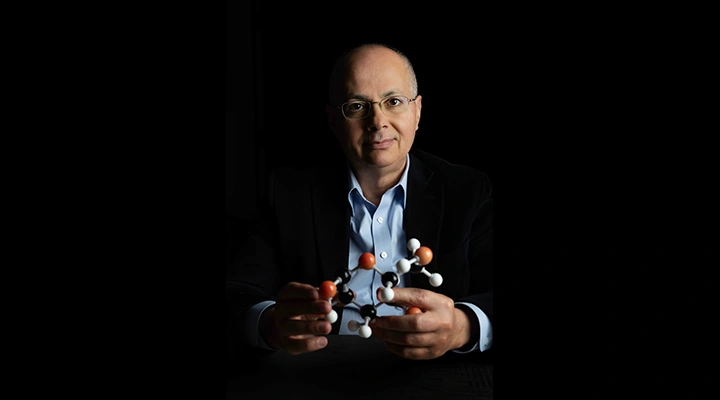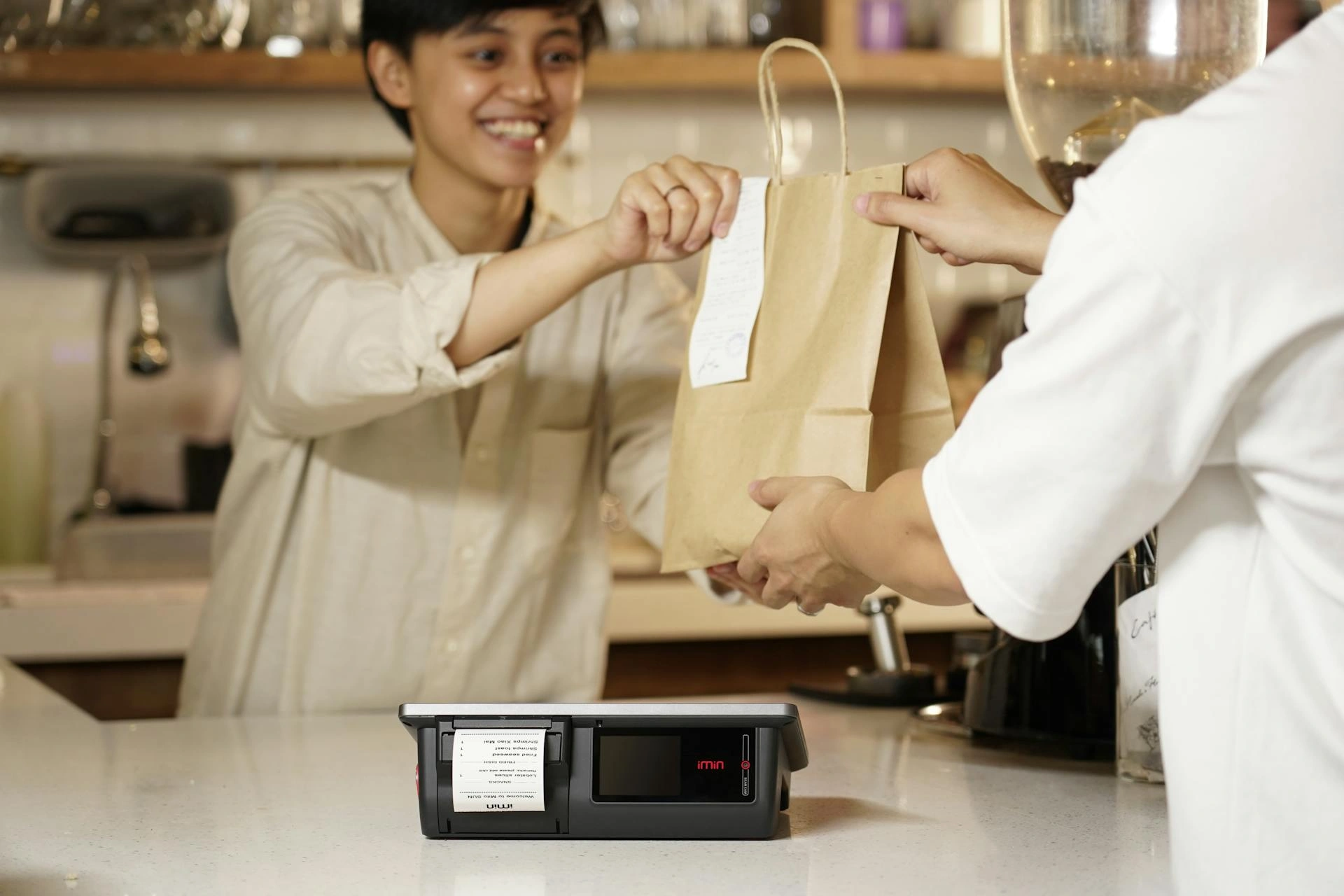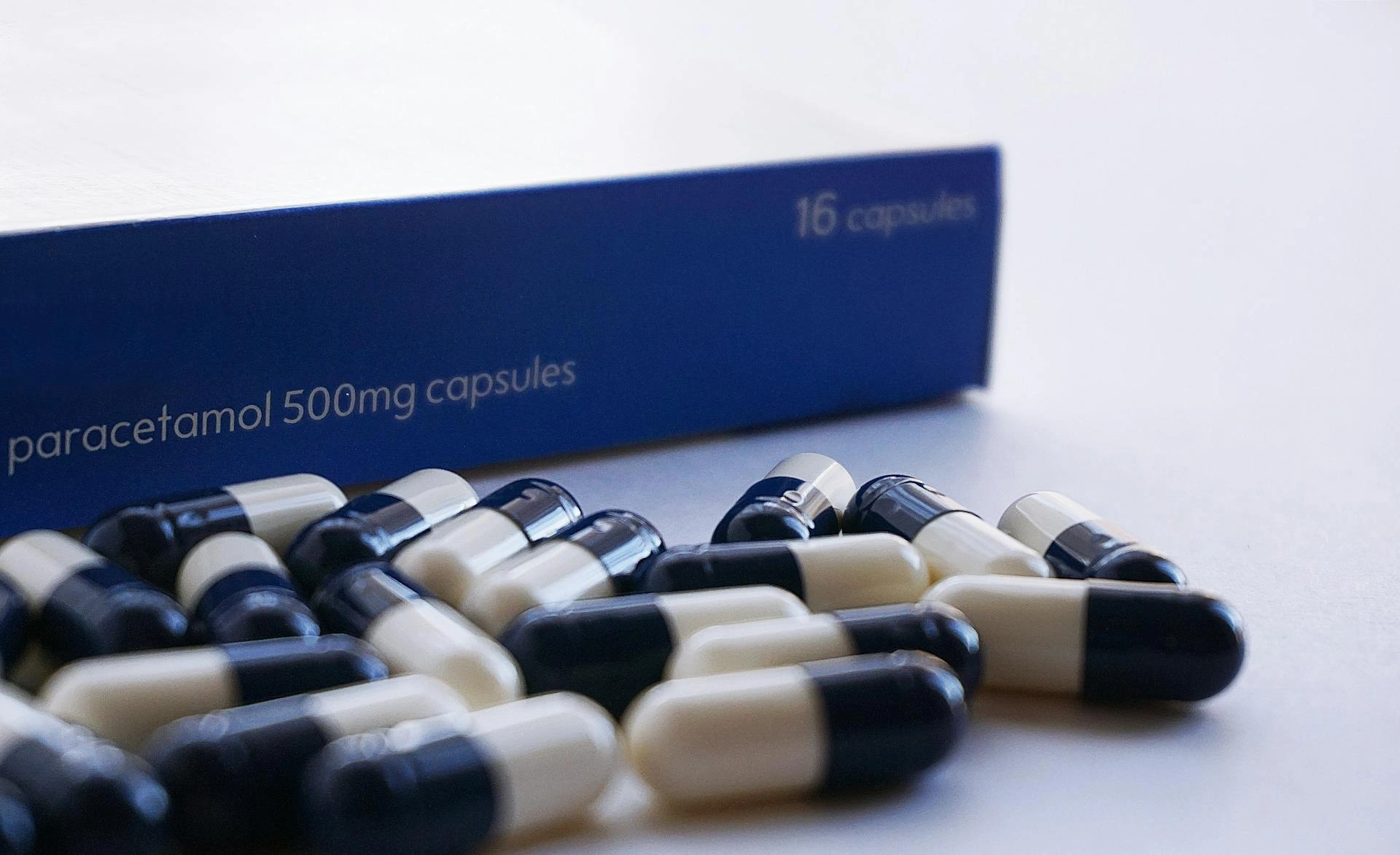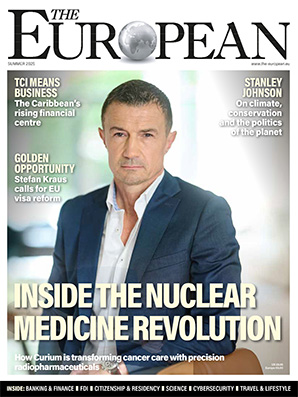Nothing is rubbish when digital tech meets the circular economy

Guest Writer
- Published
- Opinion & Analysis
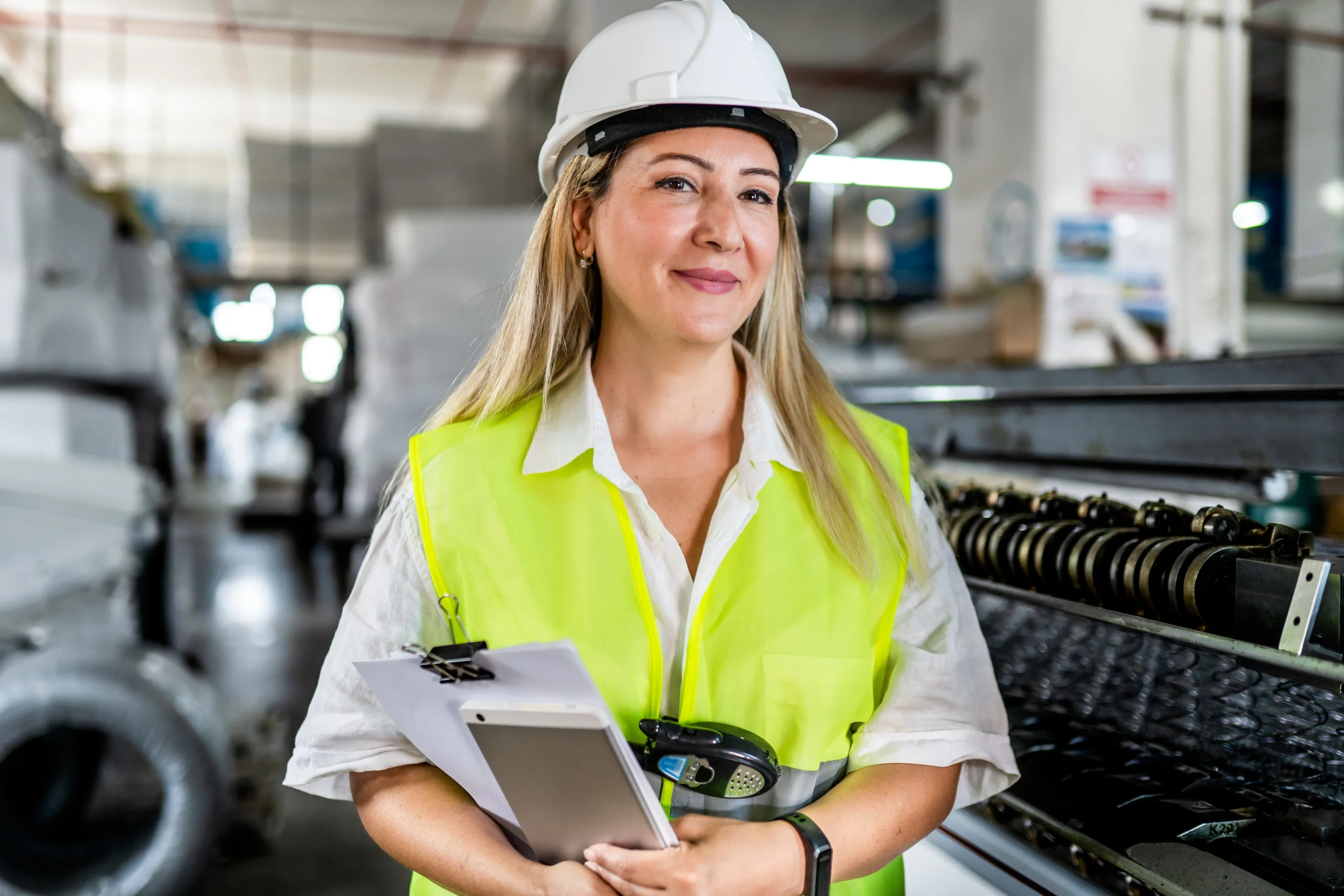
Waste-to-energy is a linchpin of the circular economy. With predictive data tools and artificial intelligence, the sector is getting a radical reboot, writes Sue Quense, Chief Commercial Officer, AVEVA
What if every orange peel you threw away could power your coffee machine the next morning? That peel is waste but it’s also a missed opportunity to capture badly needed energy and reduce greenhouse gas emissions.
As it decomposes, organic waste like fruit peels produces methane, one of the major gases responsible for global warming. Since the industrial revolution, methane has accounted for a third of worldwide temperature increases according to IEA’s Global Methane Tracker 2024. But when captured at source, this methane can be repurposed into low-carbon renewable natural gas (RNG). Like conventional natural gas, RNG can be used for heating, cooking and transport. More methane captured from waste means more gas for life’s needs – like your morning coffee.
Why should the issue stimulate us now? Simply because the world is generating more trash than ever before. Every minute, 3,825 tons of municipal waste is produced and collected. Or about 2.01 billion tons of municipal solid waste per year, with at least a third being managed in a way that isn’t environmentally friendly, according to the World Bank. That’s going to grow to 3.40 billion tons by 2050.
The world has a waste problem. At the same time, global energy demand is growing, fueled by economic growth and a rising population: by 2050, global electricity use is likely to increase by one-third to three quarters, according to the US Energy Information Administration. Organic waste can help tackle both problems – with help from Fourth Industrial Revolution (4IR) technologies. Internet of things sensors, data analytics and artificial intelligence (AI) are now rewriting the rules of resource recovery and biogas production.
Turning trash into energy with digital technologies
As nations tighten circular‑economy mandates and climate targets, digital tools are transforming waste streams into reliable energy sources. Cloud-connected data platforms and AI analytics enable waste-to-energy teams to monitor every step of the value chain, from feedstock input to energy output, all in real time. This improves plant uptime, anticipates maintenance and optimises throughput – while helping meet environmental compliance targets.
Tracking the journey of materials and energy makes circular, sustainable energy a practical reality. This is the circular economy in action: turning yesterday’s trash into tomorrow’s power. Maintaining our current consumption levels would require the resources of 2.3 planets by 2050, according to the World Business Council for Sustainable Development. By shifting to a circular economy – where we reduce, reuse and recycle – consumers can decouple global growth from consumption, the World Economic Forum says. It describes the circular economy as the business opportunity of our time. Digital tools are essential to building and scaling circular value chains and can deliver transformative change as part of a comprehensive approach that includes policy measures and lower resource use.

Regulating the loop to catalyse innovation
That’s why circular infrastructure sectors such as waste-to-energy are now a policy priority for many countries. As industrial waste streams evolve in volume and complexity, policymakers are beginning to realise the value of circular economic approaches.
For example, the EU’s new Green Deal and its circular economy action plan aim to make sustainable product the norm – through regulatory measures, financial instruments and information-based tools aimed at steering businesses towards circular practices. The bloc’s Waste Framework Directive promotes waste prevention, reuse and recycling alongside energy recovery. The EU’s waste-to-energy plants will also soon need to report on and pay for greenhouse gas emissions.
Equipment upgrades – new boilers, for example – may reduce emissions at source, but that won’t deliver the efficiency gains or emissions visibility required. Waste-to-energy operators are facing increasing pressure to capture, analyse, and report data in real time with greater transparency and accuracy. Digital technologies make it possible to turn compliance into a strategic advantage. True efficiency comes from using AI and real-time data analytics at every level: to monitor emissions, reduce resource time, and predict equipment uptime.
For existing plants, that means deploying cloud-based traceability platforms that support transparent, accurate reporting – so we can quantify the emissions avoided when food waste like peels is digested for energy. We also need a new generation of RNG plants built with modular design principles, integrated sensors and cloud-ready architectures. We need smarter plants constructed to adapt to changing feedstocks and environmental standards.
Closing the loop from design to optimisation
Better design, optimising business models and improving our circular infrastructure are the most promising areas of circular economy innovation, according to the Ellen MacArthur Foundation, the worldwide circularity leader.
Companies are already putting these principles into action. To enhance business outcomes, waste-to-energy facilities are becoming data‑driven hubs, where sensors capture temperature, pressure and gas‑composition data at every stage of combustion; cloud platforms centralise this information for cross‑site visibility; and AI algorithms translate this data into actionable insights to support better decisions, from predictive maintenance to throughput optimisation.
In the UK, circular economy leader Suez keeps energy-from-waste plants up and running thanks to AI-generated early warnings, preventing days of costly downtime, saving costs and most importantly, keeping GHG emissions in check. Unplanned downtime erodes the waste-to-energy sector’s ability to compete with other energy alternatives.
BP’s Archaea Energy takes it one step further: By pulling end-to-end lifecycle data from different plants into one single-window interface, teams can visualise real-time performance for optimal efficiency and to make the most of operational opportunities. They can make smarter decisions and do more with less, transforming operational complexity into a competitive advantage and achieving higher ROI.
Beyond virtualisation, Archaea is also using 4IR technologies to scale up its portfolio. Its new plants are built off a modular design using skid‑mounted units to streamline installation and reduce site civil works. When coupled with cloud‑based configuration management and digital twin testing, each module can be commissioned in weeks rather than months. The company sees bioenergy delivering around $2 billion EBITDA in 2025 and aiming to deliver more than $4 billion in 2030.
Powering the circular economy with data
From an orange peel to a kilowatt of clean energy, the digital evolution of organic waste shows what’s possible when advanced technologies meet circular‑economy principles. IoT sensors make decomposition visible, analytics optimise production and AI drives predictive operations.
As policy frameworks tighten and market incentives align with sustainability goals, it will be more important than ever for waste-to-energy operators to harmonise data standards across their value chains and scale digital approaches. Only then will we be truly able to fulfill the circular economy’s promise of turning every scrap of waste into a resource for a sustainable future.
Main image: Supplied
Sign up to The European Newsletter
RECENT ARTICLES
-
 The lost frontier: how America mislaid its moral compass
The lost frontier: how America mislaid its moral compass -
 Why the pursuit of fair taxation makes us poorer
Why the pursuit of fair taxation makes us poorer -
 In turbulent waters, trust is democracy’s anchor
In turbulent waters, trust is democracy’s anchor -
 The dodo delusion: why Colossal’s ‘de-extinction’ claims don’t fly
The dodo delusion: why Colossal’s ‘de-extinction’ claims don’t fly -
 Inside the child grooming scandal: one officer’s story of a system that couldn’t cope
Inside the child grooming scandal: one officer’s story of a system that couldn’t cope -
 How AI is teaching us to think like machines
How AI is teaching us to think like machines -
 The Britain I returned to was unrecognisable — and better for It
The Britain I returned to was unrecognisable — and better for It -
 We built an education system for everyone but disabled students
We built an education system for everyone but disabled students -
 Justice for sale? How a £40 claim became a £5,000 bill in Britain’s broken Small Claims Court
Justice for sale? How a £40 claim became a £5,000 bill in Britain’s broken Small Claims Court -
 Why control freaks never build great companies
Why control freaks never build great companies -
 I quit London’s rat race to restore a huge crumbling estate in the Lake District
I quit London’s rat race to restore a huge crumbling estate in the Lake District -
 The grid that will decide Europe’s future
The grid that will decide Europe’s future -
 Why Gen Z struggles with pressure — and what their bosses must do about it
Why Gen Z struggles with pressure — and what their bosses must do about it -
 What Indian philosophy can teach modern business about resilient systems
What Indian philosophy can teach modern business about resilient systems -
 AI can’t swim — but it might save those who do
AI can’t swim — but it might save those who do -
 The age of unreason in American politics
The age of unreason in American politics -
 Digitalization, financial inclusion, and a new era of banking services: Uzbekistan’s road to WTO membership
Digitalization, financial inclusion, and a new era of banking services: Uzbekistan’s road to WTO membership -
 Meet Omar Yaghi, the Nobel Prize chemist turning air into water
Meet Omar Yaghi, the Nobel Prize chemist turning air into water -
 Behind the non-food retail CX Benchmark: what the numbers tell us about Europe’s future
Behind the non-food retail CX Benchmark: what the numbers tell us about Europe’s future -
 Why NHS cancer care still fails disabled people
Why NHS cancer care still fails disabled people -
 Echoes of 1936 in a restless and divided Britain
Echoes of 1936 in a restless and divided Britain -
 Middle management still holds the power leaders need
Middle management still holds the power leaders need -
 Trump and painkillers: The attack on science is an attack on democracy
Trump and painkillers: The attack on science is an attack on democracy -
 The end of corporate devotion? What businesses can learn from Gen Z
The end of corporate devotion? What businesses can learn from Gen Z -
 Britain’s free speech crisis: the weaponisation of complaints and the erosion of police discretion
Britain’s free speech crisis: the weaponisation of complaints and the erosion of police discretion

